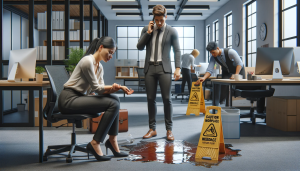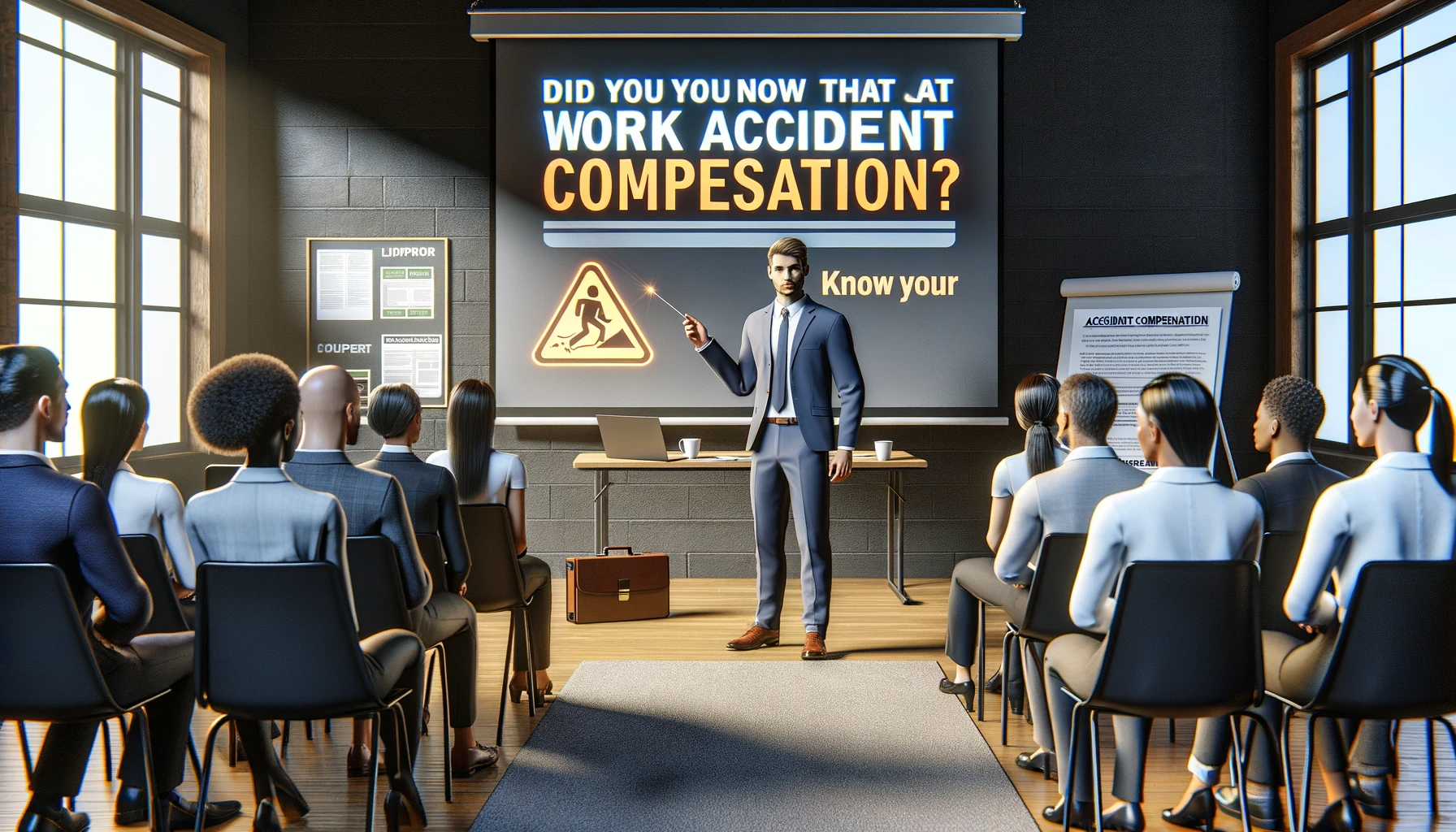In the ever-evolving landscape of the modern workplace, ensuring the safety and well-being of employees should always be a top priority. Accidents, though often unexpected, can and do occur. Being well-prepared and knowledgeable about the proper procedures to follow in the event of a workplace injury can make all the difference in how these incidents are managed and resolved. In this comprehensive article, we will delve into the essential steps of processing a workplace accident, providing an in-depth exploration from the initial response to the meticulous filing of reports and the intricate handling of the aftermath. With a detailed focus on each aspect, this guide aims to equip both employees and employers with the comprehensive understanding necessary to navigate workplace injuries with efficiency and empathy.


Immediate Steps After a Workplace Injury
The moments immediately following a workplace injury are undeniably critical. Swift and precise actions can mitigate the severity of the situation. First and foremost, the utmost priority should be the assessment of the situation, to ensure the safety of all employees involved. Depending on the nature and extent of the injury, immediate first aid should be administered to the injured party. Equally important is securing the area to prevent further accidents. This may involve cordoning off hazardous zones or, in the case of malfunctioning equipment, promptly shutting it down. The importance of these initial steps cannot be overstated, as they lay the foundation for the entire response process.
Accident Reporting at Work
Once the immediate concerns regarding safety and first aid are addressed, the next crucial step is to notify the supervisor or relevant authority about the incident. Reporting the incident as promptly as possible is vital for facilitating an effective response. Most organizations will have specific procedures in place for reporting workplace accidents. You will likely need to fill out an incident report for job injuries, a document designed to meticulously record the details of the accident. This report is not only essential for an immediate response but also serves as a crucial document for any future claims or investigations that may arise.Employer Responsibilities After a Work Accident
Employers bear a substantial set of responsibilities when a workplace accident occurs. One of the most critical of these responsibilities is to conduct a thorough workplace accident investigation. The purpose of this investigation is to determine the root causes of the accident and, most importantly, to prevent similar incidents from occurring in the future. Additionally, employers must comply with legal requirements, which often entail reporting serious accidents to the appropriate authorities, such as the Occupational Safety and Health Administration (OSHA) in the United States. The collaboration between employers and regulatory bodies is instrumental in ensuring a safer work environment for all.
Employee Accident Claim
As an employee, it is imperative to understand your rights when injured on the job. You have the legal right to file a workers' compensation claim to seek compensation and support for your workplace injury. The work injury claim process typically involves reporting the injury to your employer and seeking immediate medical attention. It is paramount to ensure that all required paperwork, including the employee accident report form, is accurately filled out and submitted within the specified timeframe. A well-executed claim is essential to securing the support and benefits you are entitled to during your recovery.Occupational Injury Protocol
Following a workplace accident, it is essential to adhere to the occupational injury protocol. This protocol entails seeking professional medical attention, even if the injury appears to be minor at first glance. The documentation of your injuries and any treatment received is a fundamental aspect of the process. Not only does it aid in your recovery, but it also plays a crucial role in the workers' compensation process, providing the necessary evidence to support your claim. It is important to recognize that some injuries may have delayed symptoms or complications, underscoring the importance of thorough medical evaluation.Handling Work-Related Injuries
The effective management of an employee's recovery is a significant part of handling work-related injuries. This responsibility falls upon the shoulders of both employers and employees, with the support of medical professionals. Employers should offer various forms of support, including resources for rehabilitation and accommodations to ensure the injured employee can safely return to work when they are ready. This collaborative effort, focused on the well-being and successful return of the employee, fosters a more compassionate and supportive workplace environment.Safety Incident Procedures
Preventing workplace accidents is an integral part of any organization's safety incident procedures. Proactive measures are the key to minimizing the risk of workplace accidents. Employers should regularly review and update safety protocols to ensure they are current and effective. Providing proper training to employees is essential, as it equips them with the knowledge and skills to identify potential hazards and respond appropriately. Promoting employee awareness of safety issues fosters a culture of vigilance and responsibility, further reducing the likelihood of accidents occurring.Filing and Documentation
Proper filing and meticulous documentation are imperative for any industrial accident. This includes maintaining detailed records of the incident, such as the incident report, witness statements, and any medical records related to the injury. Timeliness and accuracy in reporting workplace injuries are critical for legal compliance and for supporting any claims made by the injured employee. Adequate documentation not only safeguards the rights of the injured party but also assists employers and regulatory bodies in conducting thorough investigations and implementing preventative measures.Conclusion
In conclusion, understanding the steps to take after a work-related accident is indispensable for both employees and employers alike. From the immediate response to comprehensive documentation, each stage plays a vital role in managing the incident effectively. The significance of a well-documented employee accident report form cannot be overstated; it serves as a powerful tool that safeguards the well-being of workers and upholds the integrity of the workplace. By prioritizing safety, fostering a culture of proactive prevention, and diligently following established procedures, workplaces can minimize the occurrence of accidents and ensure that, in the unfortunate event of an incident, the response is swift, thorough, and compassionate. Workplace safety is not merely a responsibility; it is a shared commitment to the welfare of all those who contribute to the success of an organization.Look for an attorney who has the right legal resources for your legal needs.
Contact us here on the Warmuth Law website or through our hotline 888-517-9888.











